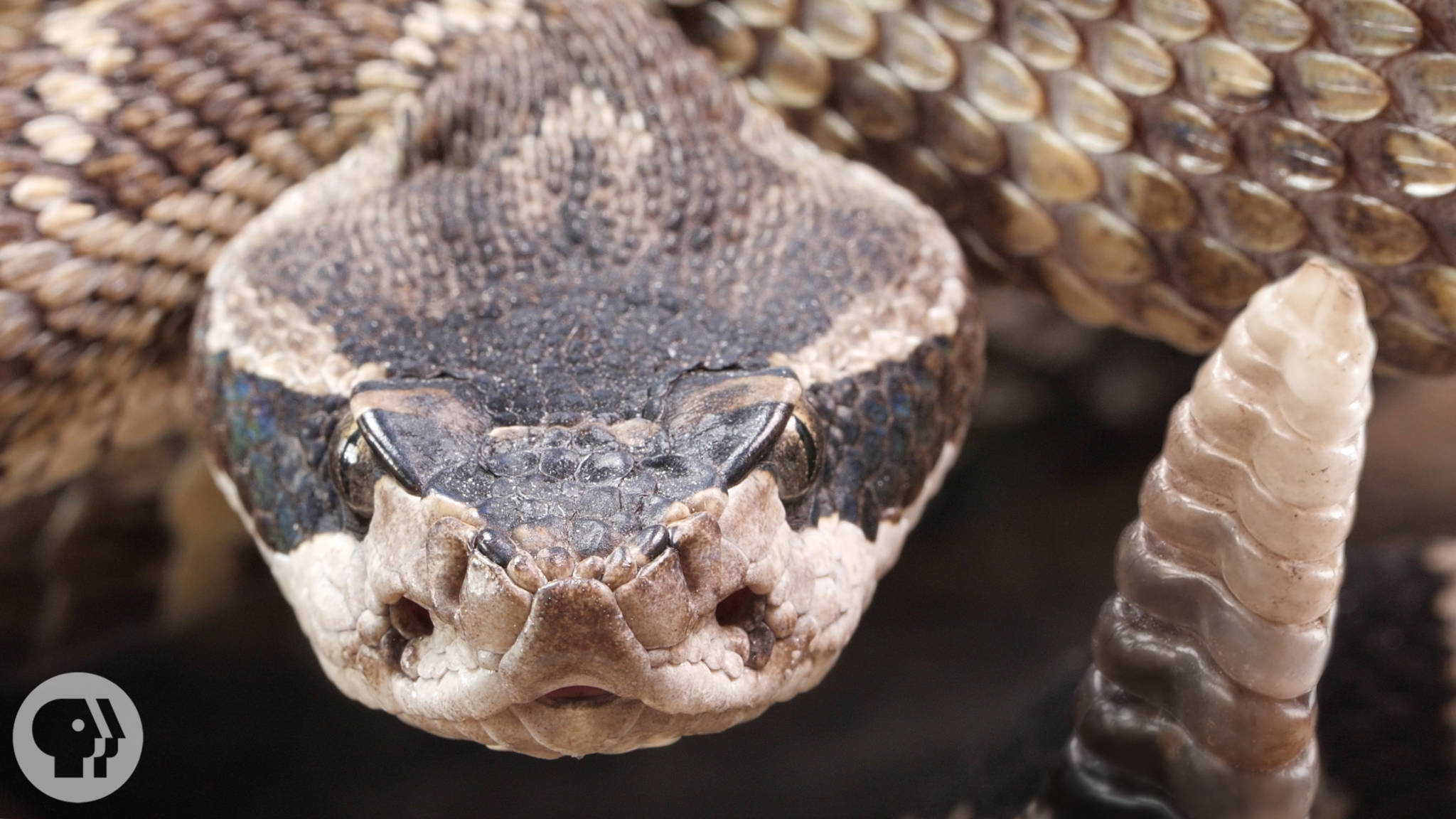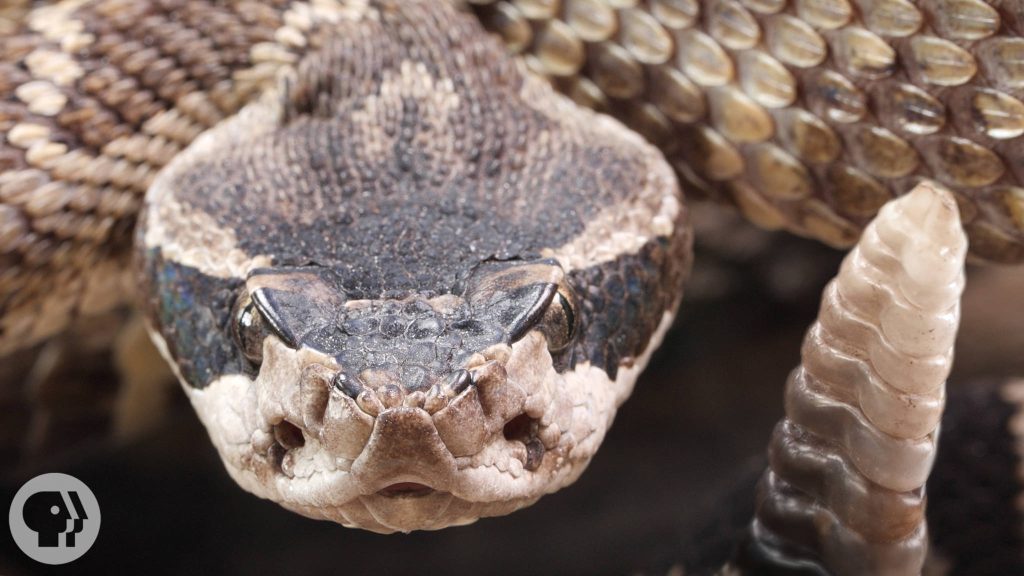Rattlesnakes are one of the most fascinating creatures on the planet. With their distinctive rattle and venomous bite, they have become a symbol of fear and danger for many people. However, there is much more to these slithering creatures than meets the eye.
In this article, we will explore five interesting facts about rattlesnakes that you probably didn’t know. From their unique sensory abilities to their surprising social behaviors, these facts will give you a new appreciation for these remarkable animals. So, grab your binoculars and get ready to learn something new about these fascinating reptiles!
Rattlesnakes are fascinating creatures that are often feared due to their venomous bites. However, there’s more to them than just their venom! Did you know that some rattlesnakes can swim? Or that they can control the amount of venom they inject? Here are 5 interesting facts about rattlesnakes you probably didn’t know:
- They can sense body heat from up to one meter away.
- They are excellent swimmers and can even swim across wide rivers.
- Rattlesnakes can control the amount of venom they inject, depending on the size of their prey.
- Their rattle is made up of segments that add on each time they shed their skin.
- Rattlesnakes are pit vipers and have heat-sensitive pits on their faces that help them locate prey.

5 Interesting Facts About Rattlesnakes You Probably Didn’t Know
Rattlesnakes are one of the most feared creatures in the world. They are known for their venomous bite, menacing rattle, and their ability to strike with lightning speed. But did you know that there is more to these fascinating reptiles than just their fearsome reputation? Here are five interesting facts about rattlesnakes that you probably didn’t know.
Rattlesnakes are Pit Vipers
Rattlesnakes are part of the pit viper family, which also includes copperheads and water moccasins. They are so named because of the heat-sensing pits located between their eyes and nostrils. These pits allow rattlesnakes to detect the body heat of their prey, even in complete darkness.
Rattlesnakes are also known for their venomous bite, which is used to immobilize their prey. However, not all rattlesnakes are created equal when it comes to their venom. Some species have more potent venom than others, and some may even be harmless to humans.
Benefits of Rattlesnake Venom
Despite its deadly reputation, rattlesnake venom has some surprising benefits. For example, it is used in the production of antivenom, which can save the lives of people who have been bitten by venomous snakes. Rattlesnake venom has also been used in medical research to develop new treatments for a variety of health conditions, including heart disease and cancer.
Rattlesnake Venom vs. Other Snake Venoms
Compared to other snake venoms, rattlesnake venom is relatively mild. It contains enzymes that break down tissue and cause swelling, but it is rarely fatal to humans. In fact, only about 5% of rattlesnake bites result in death. By contrast, the venom of some other snakes, such as the black mamba and the inland taipan, can be lethal in just a few minutes.
Rattlesnakes Shed Their Skin
Like all snakes, rattlesnakes shed their skin periodically as they grow. This process is called molting, and it usually occurs several times a year. During molting, the old skin peels away, revealing a new, brighter skin underneath. Rattlesnakes may also shed their skin if they have been injured or if they are preparing to mate.
The Importance of Molting for Rattlesnakes
Molting is an essential process for rattlesnakes, as it allows them to grow and adapt to their environment. The new skin that is revealed after molting is not only brighter, but it is also more flexible and allows for better movement. Additionally, the shedding of the old skin helps to remove any parasites or bacteria that may have attached themselves to the snake.
Molting for Humans
The process of molting is not unique to rattlesnakes. In fact, humans also shed skin cells on a regular basis. While it may not be as dramatic as a snake shedding its skin, the process of shedding dead skin cells is important for maintaining healthy skin. Regular exfoliation can help to remove dead skin cells, reduce the appearance of fine lines and wrinkles, and promote a smoother, more radiant complexion.
Rattlesnakes Use Their Rattles as a Warning Sign
Rattlesnakes are named for the distinctive rattle located at the end of their tail. When threatened, a rattlesnake will shake its tail rapidly, causing the rattles to vibrate and produce a distinctive buzzing sound. This sound is a warning to potential predators that the snake is ready to defend itself.
The Evolution of the Rattle
The rattlesnake’s rattle is a unique adaptation that has evolved over millions of years. It is made up of a series of interlocking segments, each of which is added each time the snake sheds its skin. The number of segments in the rattle can vary from snake to snake, with some having only a few segments and others having dozens.
Why You Should Stay Away from Rattlesnakes
While the rattlesnake’s rattle may be fascinating, it is important to remember that these snakes are still venomous and can be dangerous if provoked. If you encounter a rattlesnake in the wild, it is best to give it a wide berth and avoid disturbing it.
Rattlesnakes Are Important Members of Their Ecosystem
Despite their fearsome reputation, rattlesnakes play an important role in their ecosystem. As predators, they help to control the populations of rodents and other small animals. They are also an important food source for other predators, such as hawks and eagles.
The Importance of Biodiversity
Rattlesnakes are just one example of the many species that make up our planet’s biodiversity. Biodiversity is essential for maintaining healthy ecosystems, as each species plays a unique role in the balance of nature. Protecting biodiversity is not only important for the survival of individual species, but it is also essential for the health and well-being of our planet as a whole.
The Threats to Rattlesnake Populations
Unfortunately, many species of rattlesnakes are facing threats to their survival. Habitat loss, climate change, and human persecution are just a few of the factors that are putting these fascinating reptiles at risk. By educating ourselves about the importance of biodiversity and taking steps to protect our planet’s ecosystems, we can help to ensure that rattlesnakes and other species continue to thrive for generations to come.
Frequently Asked Questions
What is the difference between a venomous and non-venomous snake?
Venomous snakes have a specialized gland that produces venom which is used for hunting and self-defense. Non-venomous snakes lack this gland and instead rely on their strength and agility to catch their prey. It’s important to be able to identify the difference between the two, as venomous snake bites can be deadly if left untreated.
How do rattlesnakes use their rattles?
Rattlesnakes use their rattles as a warning sign to potential predators or threats. When a rattlesnake feels threatened, it will use its muscles to shake its tail, causing the segments of the rattle to vibrate and produce a distinctive buzzing sound. This sound serves as a warning to other animals that the rattlesnake is nearby and should be avoided.
What is the lifespan of a rattlesnake?
The lifespan of a rattlesnake can vary depending on the species and environmental factors, but on average, they can live up to 20 years in the wild. However, many rattlesnakes do not survive their first year due to predators and other threats. In captivity, some species of rattlesnakes have been known to live up to 30 years.
Do all rattlesnakes have the same venom?
No, not all rattlesnakes have the same venom. Different species of rattlesnakes have different types of venom, which can vary in potency and composition. Some types of rattlesnake venom can cause severe medical issues and even death if left untreated, while others may only cause mild symptoms.
What is the largest species of rattlesnake?
The Eastern Diamondback Rattlesnake is the largest species of rattlesnake, with some individuals growing up to 8 feet long and weighing over 10 pounds. This species is commonly found in the southeastern United States and is known for its distinctive diamond-shaped markings and large size. Despite its size, the Eastern Diamondback Rattlesnake is a master of camouflage and can be difficult to spot in its natural habitat.
In conclusion, rattlesnakes are fascinating creatures that have been around for millions of years. They possess unique characteristics that have allowed them to survive and thrive in their natural habitats. From their ability to shed their skin to their venomous bite, these reptiles are truly one-of-a-kind.
Despite their reputation for being dangerous, rattlesnakes play an important role in the ecosystem by controlling rodent populations. They are also highly adaptable and can be found in a variety of habitats, including deserts, grasslands, and forests.
Overall, learning about the interesting facts about rattlesnakes can give us a greater appreciation for these remarkable creatures. It is important to respect their space and be cautious when encountering them in the wild, but we can also marvel at their unique adaptations and survival strategies.


